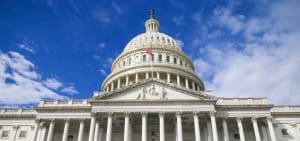Federal Tobacco Tax Proposal Could Result in 50% Increase in State Taxes
The potential federal tax increase of over 1,600 percent on dipping tobacco as a result of the House Democrats’ proposal could result in state taxes and retail prices increasing by more than 50 percent in certain states.
4 min read


















